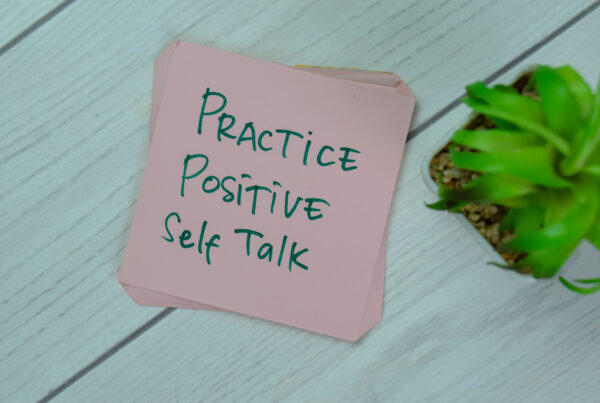
Adolescence is a time for discovery. Teens explore their minds, their hearts, and their souls in the search for an identity, a search that should last a lifetime. It’s a time to ask questions and investigate truths, which is why it is so important to provide adolescents with the knowledge they need to make informed health decisions.
While it may be natural for young people to be curious about substance use, we must strive to be honest about the dangers involved. This is why National Drug and Alcohol Facts Week is imperative.
A Brief History of Awesomeness
While all forms of education are welcome and encouraged, the curriculum on substance use has been inconsistent over the past century. When do we start teaching kids about this taboo subject? How detailed should the lesson plan be? Are they prepared to hear the ugly truths about addiction and dependence?
In an attempt to answer these questions (and many more), National Drug and Alcohol Facts Week was created back in 2010. The National Institute on Drug Abuse (NIDA) designed the series of events to reach out to teenagers across the country and engage them in a thought-provoking look at the science of substance use. More recently, the National Institute of Alcohol Abuse and Alcoholism (NIAAA) joined the cause to incorporate their expertise into the proceedings and branch out the scope of the week.
What Does the Week Entail?
Every year, the focus of National Drug and Alcohol Facts Week shifts slightly. After all, learning is an evolution of thought, and the science on the subject matter grows all the time. Speaking of science, that segues nicely into the first of our major points of interest for this year’s festivities:
- “The Science of Addiction” – This syllabus focuses on the fascinating physiology of the human brain and how it is both affected and influenced by various substances. Nobody just wakes up one day and decides to become an addict; it happens through a complex system of genetics and chemistry. Some minds are predisposed to addictive behavior while others are transformed over long periods of time and abuse.
- “Shatter the Myths” – The best forms of education don’t just speak; they listen. Shatter the Myths is a booklet that answers several burning questions submitted by real teens with real issues. It’s a great conversation starter!
- “Opioid Facts for Teens” – A sad truth about our current reality is that opioids are ravaging our landscape from coast to coast. About 115 Americans die EVERY DAY from this toxic drug classification, so it is far past the time to talk about the epidemic. This material tackles the issue head-on and answers tough questions that adolescents may have about the substances flowing through their schools, communities, or even their own families.
- “Marijuana: Facts for Teens” – As many states legalize and regulate marijuana, it’s important to address the medicinal uses for THC while also distinguishing between those who need it and those who abuse it. Dependence on substances often begins with marijuana experimentation, so this pamphlet creates a safe space to begin a vital conversation about the realities of marijuana.
- “Marijuana: Facts Parents Need to Know” – But this week isn’t just for the kids. Any great conversation requires more than one participant, so this reading material provides concerned parents with the tools they need to talk to their kids about marijuana.
Facing the New Foes
Just as knowledge advances, so too does the specter of addiction. New drugs and chemical permutations appear on the horizon, so it’s important to educate teens about their potential dangers before they find out for themselves (the hard way).
The list of substances being discussed in this year’s National Drug and Alcohol Facts Week include those that their parents recognize, plus a bevy of new threats that are unique to modern adolescent life.
- Bath Salts – A potentially lethal concoction, these chemicals go by many names in an attempt to skirt the law. Know your enemy and warn your kids about these hazardous blends.
- Anabolic Steroids – As high school sports become more and more competitive, teens are often pressured into experimenting with performance-enhancing drugs. Defeat these urges before they consume your school or community.
- Molly/Ecstasy – A so-called “party drug”, this harmful strain of MDMA has sent kids by the hundreds straight from the concert to the hospital. This is far from child’s play.
- Meth – A true killer, methamphetamines are the most addictive drug on the streets. Meth alters your brain chemistry to the point where your cravings are almost inescapable.
- Salvia – Although sometimes marketed over the counter at head shops and marijuana dispensaries, salvia has a hallucinogenic effect that is more destructive than weed. If an unsuspecting user doesn’t know the difference, he or she could be in for a disastrous experiment.
How Can You Make a Difference?
Great question! The first rule of being a responsible member of your community is often the most cliché: if you see something, say something. If you notice a friend or relative struggling with substance issues, don’t ignore your instincts. They might be in pain, and maybe they’re not ready to talk, but you should be ready to listen (just in case).
But you shouldn’t be expected to solve other people’s addiction issues single-handedly. This is a team effort, and you are just one caring piece of the larger puzzle. Skilled professionals are at your disposal, ready to help you or a loved one confront the harsh facts of drug and alcohol dependence.
All you need to do is reach out and we promise to be a helping hand and the support service you may need.




